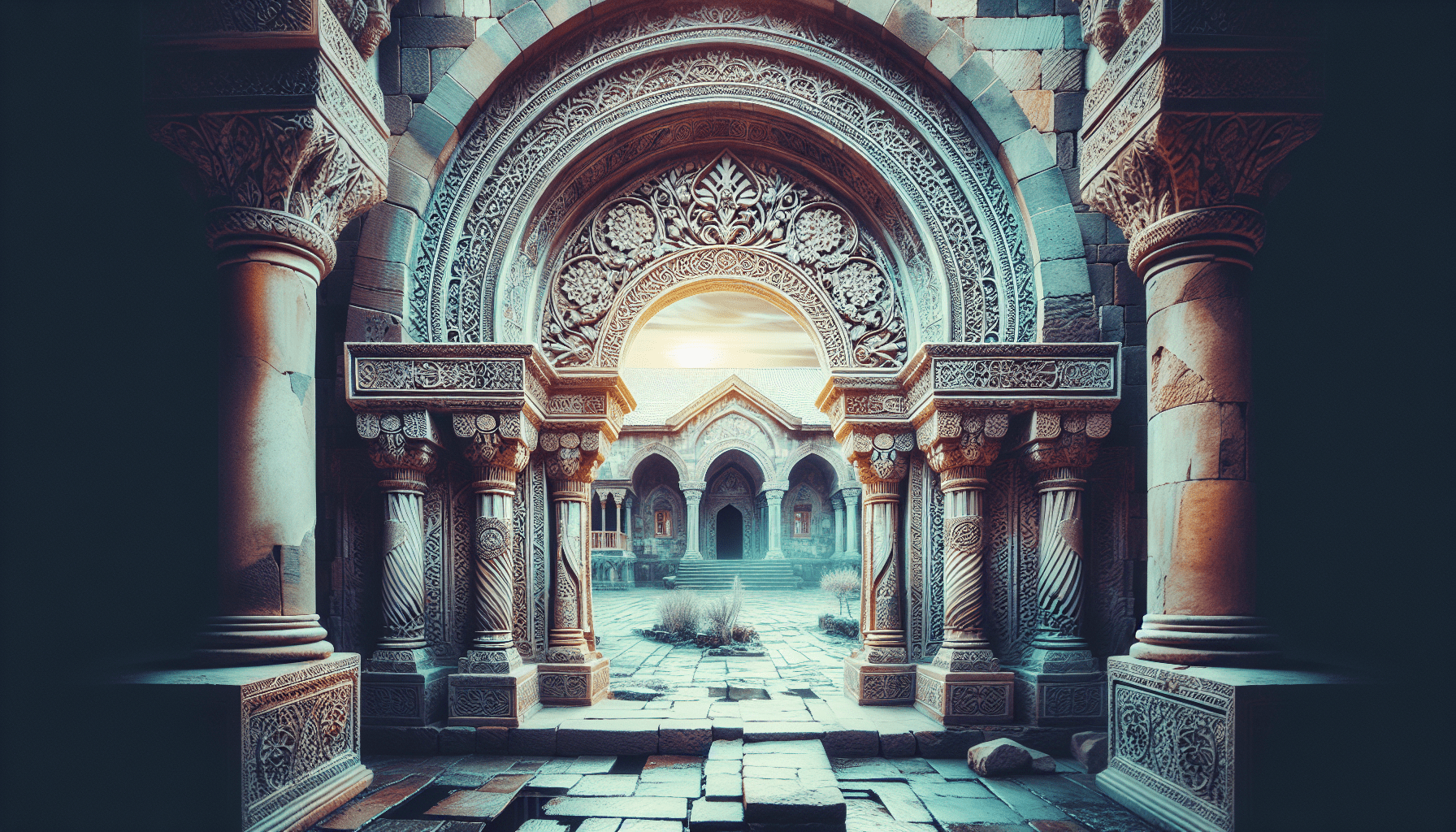Escape to the tranquil and awe-inspiring world of the monasteries in Turkey, where the enchanting blend of culture, history, and spirituality awaits. Embark on a mesmerizing journey as you discover the hidden gems nestled amidst the picturesque landscapes. From the iconic Sumela Monastery perched on a cliff face, to the mystical rock-cut monasteries of Cappadocia, each sacred space holds its own captivating story. Immerse yourself in the serenity of these ancient retreats and experience a sense of profound peace and tranquility that will stay with you long after you leave. The monasteries of Turkey offer a remarkable insight into the country’s rich heritage and are truly a testament to the enduring power of faith and devotion.

